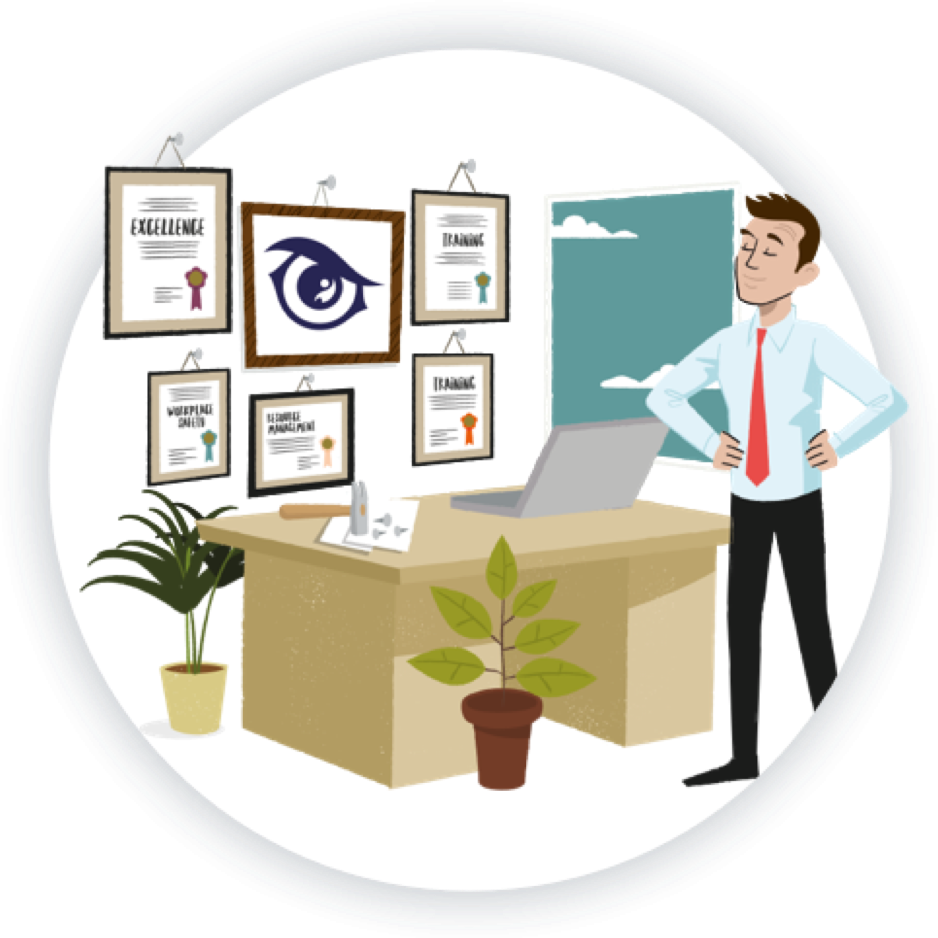Exhibition Designer
Job Description:Exhibition designers create engaging displays for events, conferences, and spaces like museums and galleries.
Job Category:What you will do:
You could work at:
- large commercial public exhibitions
- conferences and exhibitions for education, trade, and industry
- temporary displays for businesses, retailers, museums, libraries, and galleries
Your day-to-day duties may include:
- discussing requirements with clients
- presenting your ideas as sketches, scale plans, computer-generated visuals, and models
- producing final blueprints after discussions with clients
- handling orders for supplies
- liaising with technical specialists like lighting staff
- project managing the set-up process from start to finish
Skills:
You’ll need:
- knowledge of the fine arts
- design skills and knowledge
- to be able to use a computer and the main software packages competently
As well as:
- to be thorough and pay attention to detail
- the ability to use your initiative (drive)
- the ability to work well with others (teamwork skills)
- the ability to come up with new ways of doing things
- the ability to accept criticism and work well under pressure
- excellent verbal communication skills
- creativity

Entry Requirements:
To become an exhibition designer, you don’t need specific GCSE subjects, but certain subjects can provide a strong foundation for the skills and knowledge required in this field. Here are some recommended GCSE subjects that can be beneficial:
- Art and Design: Art and design subjects are highly relevant to exhibition design as they help you develop creativity, visual aesthetics, and the ability to create visually appealing displays and layouts.
- Design and Technology: This subject can provide valuable skills in design, prototyping, and working with materials, which are essential for exhibition design.
- Graphic Design: If your focus is on the visual aspects of exhibition design, graphic design can be particularly useful for developing skills in creating signage, promotional materials, and digital design.
- Media Studies: Media studies can help you understand the communication aspects of exhibition design, including the use of multimedia, video, and audio within exhibitions.
- IT/Computer Science: In the modern world, technology often plays a significant role in exhibition design. Knowledge of IT and computer science can be beneficial for using design software, creating digital interactive displays, and working with multimedia components.
- English: Good communication skills are crucial in any design field, as you’ll need to convey your ideas and concepts to clients, collaborators, and stakeholders.
- Geography: Understanding geographical and spatial concepts can be helpful when designing exhibitions that involve the use of physical space and layouts.
Post School
There are no set requirements, but you’ll usually need a foundation degree, HND or a degree. Relevant courses include:
- spatial design (exhibitions)
- interior design
- three-dimensional (3D) design
- graphic design
Some other courses offer exhibition design options, like events management and museum and gallery courses.
You could get into this type of work as a junior design assistant. You’ll usually need a qualification in art and design and experience of using computer-aided design (CAD) software.
You’ll need to create a portfolio of your work to take to interviews. Paid or unpaid work experience will also give you an advantage when applying for training and jobs. You could volunteer to help set up exhibitions, like at local arts festivals or in libraries.
You could get into this job through an apprenticeship.
You could take a course in display and visual merchandising.
Working Hours and Environment:
You’ll usually work 9am to 5pm, but you may need to work extra hours to meet deadlines, especially when events are being staged.
Your work is likely to be studio or office-based, but would usually also involve visiting clients or exhibition sites. In some jobs, you may need to travel frequently, in the country and possibly overseas.
Career Path & Progression:
With experience, you may be able to progress to a more senior position, like team leader or senior designer.
You could also become freelance, or set up your own company.